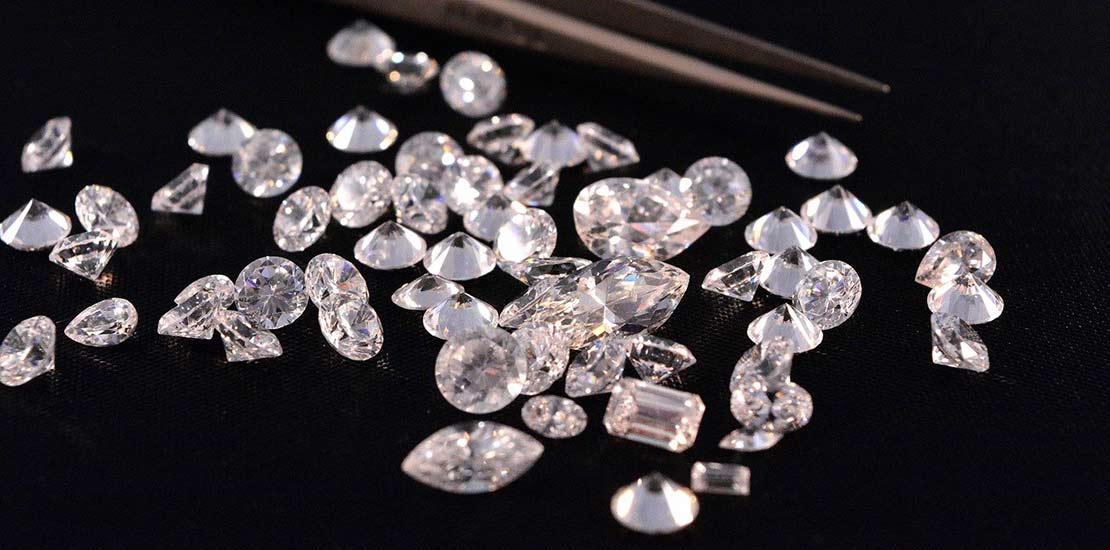
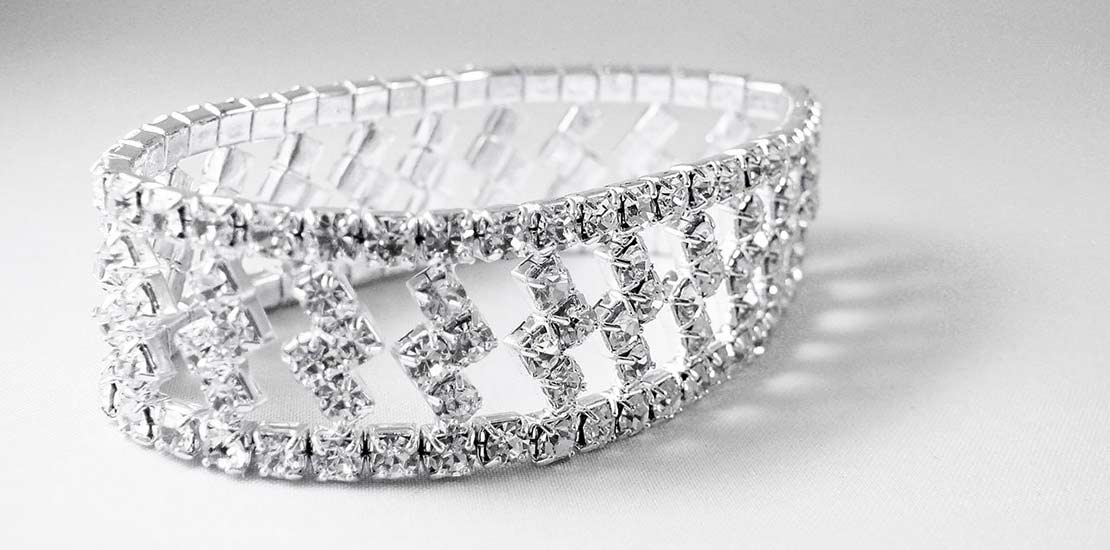
Project Details
- Product Name:
Lab Grown Melee Diamonds
- Color:
D E F
- Clarity:
VVS VS
- Usage:
For Cutting Lab Grown Diamonds
- Technology:
HTHP
The most common way of detecting lab-grown diamonds is to look at their phosphorescence. This color-changing property of diamonds occurs when they are exposed to ultraviolet light. About thirty to fifty percent of diamonds fluoresce to some extent. The intensity of this light varies, with blue being the most common.
Characteristics of Lab Grown Melee Diamonds
- While most synthetic melee is grown from a single 100-cubic seed crystal, it is possible to grow it from 110-dodecahedral seed crystals. These diamonds often exhibit unique growth striations and crystal forms. For example, the faces of the seed crystals of some synthetic melee are atypical, while others show a cuboctahedral pattern.
- Although the visible features of natural and lab-grown diamonds are identical, their small size makes it difficult to perform spectroscopy on them. In the case of melee, all near-colorless synthetics are type II diamonds with no measurable nitrogen impurities. However, some are type IIb diamonds, which contain boron in concentrations that are too low for FTIR instruments to detect. This boron, however, gives rise to useful phosphorescence in certain samples.
Gemological properties of Lab Grown Melee Diamonds :
When selecting a melee diamond, it’s essential to be discerning about color, clarity, and cut. This will ensure the best value for money and the most versatility. Aim for a stone with exceptional clarity and color. This will make it easier to work with and set in a ring.
- Ideal cut melee diamonds are relatively small, but they are just as beautiful as larger diamonds. You can leverage their size and quality to increase your pricing while keeping your overhead and materials costs in check. The key is to choose an experienced melee diamond supplier who can make them work for you. This will ensure you get the maximum impact and performance for your business.
Lab Grown Melee Diamonds Advantage:
Ideal cut melee diamonds are also affordable because they’re cut smaller than regular diamonds, often weighing less than one carat. That means they’re great for those on a budget, and they can be used for accents. In addition, the facet pattern on each stone makes them stand out from the rest.
Color graded melee diamonds come in a variety of shades of white. They range from D to Z, and there are also fancy colored options. The most common of these are fancy pink and fancy yellow. Another popular color choice is light brown, which comes in the grades TTLB and X-Y-Z. These stones look white when set in yellow gold settings.
When shopping for a melee diamond ring, it is important to make sure that the stone is color graded. Diamonds that are color graded can bring about a more brilliant shine than those with lower color grades. You will have a much greater opportunity to choose a color graded stone that is right for your ring’s setting and personal preference. For the best color graded melee diamonds, consider buying them from a reputable vendor.
Color graded melee diamonds come in a range of colors, and the color grade will depend on the size and clarity of the stone. Generally speaking, larger stones have more vivid color than smaller ones. However, you should consider that some stones are harder to grade, and you might not see any color variations if they are small. In addition, bright, unnatural lighting makes it difficult to notice subtle differences in color.
Related Projects
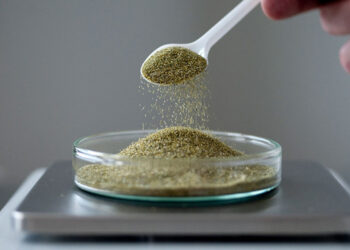
lab grown diamonds
Nanometer Modified Diamond Powder
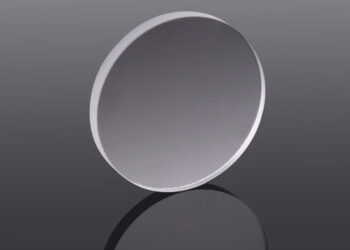
lab grown diamonds
CVD SC Diamond Optical Window
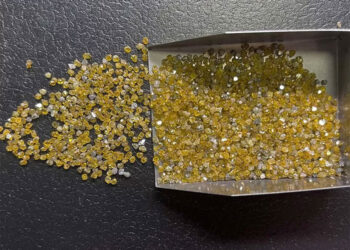
lab grown diamonds